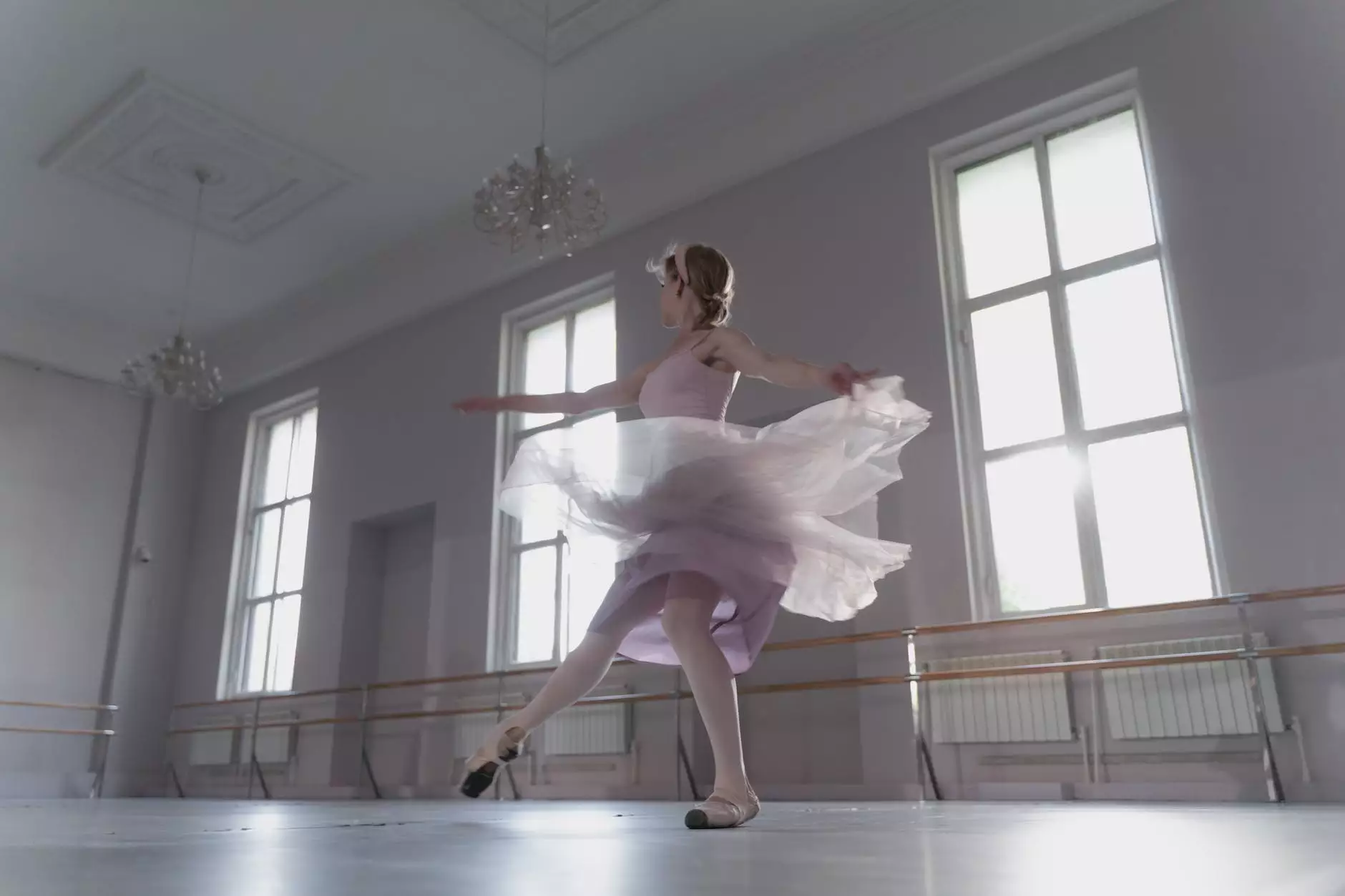Can Technology Predict Falls in Older Adults?

In recent years, there has been considerable progress in utilizing technology to predict and prevent falls in older adults. As we age, the risk of falls increases, and finding effective ways to mitigate this risk becomes crucial for maintaining a high quality of life. Reflection Living understands the importance of staying informed on the latest advancements, and in this article, we will explore how technology can be used to predict falls in older adults.
Predictive Technology: A Game-Changer
With advancements in technology, researchers and healthcare professionals are now able to harness the power of predictive analytics to identify individuals at a higher risk of experiencing falls. By using sensor-based devices and sophisticated algorithms, patterns and changes in mobility, gait, and balance can be detected, providing valuable insights into an individual's fall risk.
Wearable Devices and Fall Detection
One of the most promising areas of technology in fall prediction is wearable devices. These devices are equipped with motion sensors that continuously monitor movement patterns and can detect sudden changes indicative of a fall. When a fall is detected, the device can automatically send an alert to caregivers, enabling timely assistance and reducing the potential for further injury.
Smart Home Technologies
Another exciting development in fall prediction is the integration of smart home technologies. Through the use of motion sensors, cameras, and machine learning algorithms, these systems can track and analyze an individual's activity levels and identify deviations that could indicate an increased risk of falls. By proactively alerting caregivers or medical professionals, smart home technologies offer an added layer of safety and peace of mind.
The Benefits of Technology in Fall Prediction
Implementing technology-driven fall prediction strategies offers several advantages for older adults, their families, and healthcare providers. Some of the key benefits include:
- Early Intervention: By detecting changes in mobility and balance, technology can provide early warning signs, allowing for timely intervention and preventive measures.
- Improved Quality of Life: Minimizing the risk of falls contributes to a higher quality of life for older adults, promoting independence and overall well-being.
- Reduced Healthcare Costs: By preventing falls, technology can help reduce the need for emergency room visits, hospitalizations, and costly medical interventions.
- Peace of Mind: For family members and caregivers, knowing that technology is actively monitoring and alerting in case of a fall provides reassurance and peace of mind.
Limitations and Considerations
While technology has shown immense potential in fall prediction, it is essential to acknowledge its limitations and consider certain factors:
A Complementary Approach
Fall prediction technology should not replace human assessment and intervention. It is most effective when used as part of a comprehensive fall prevention program that includes regular evaluations and personalized care.
Privacy and Ethical Considerations
As with any technological advancement, privacy and ethical concerns should be taken into account. The collection and storage of personal data must be done in accordance with privacy regulations to ensure the protection and confidentiality of individuals' information.
Individual Variability
It is crucial to acknowledge that fall risk factors and patterns can vary among individuals. Technology-driven fall prediction models should be continuously refined and personalized to account for these variabilities and improve accuracy.
In Closing
As technology continues to advance, the use of predictive analytics and wearable devices offers new opportunities for fall prediction in older adults. Reflection Living recognizes the significance of staying at the forefront of these developments to enhance the well-being and safety of our residents.









